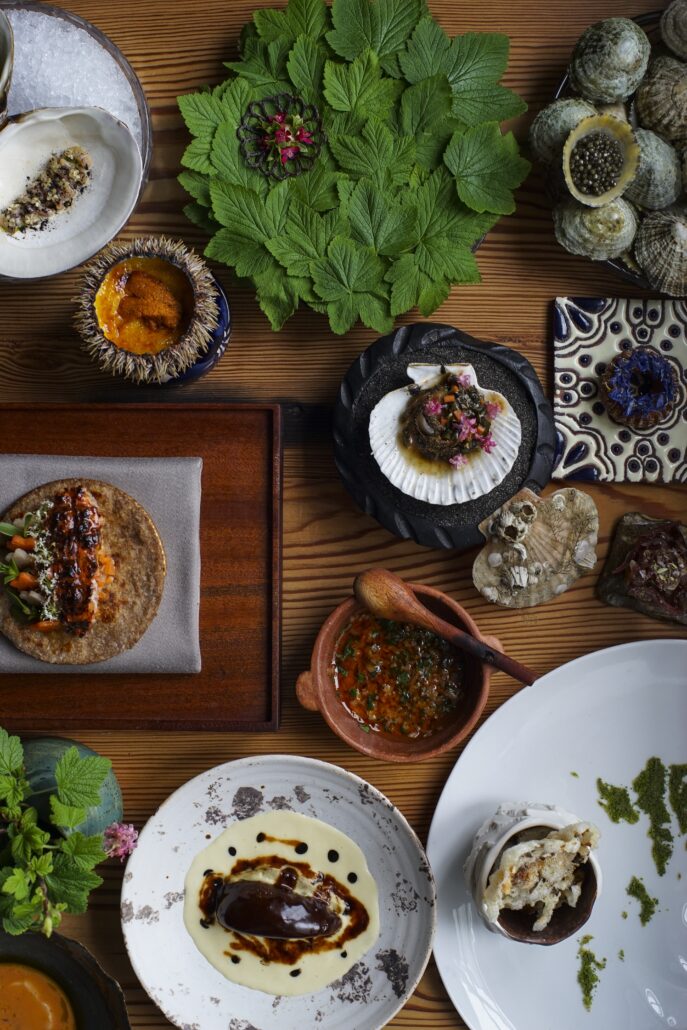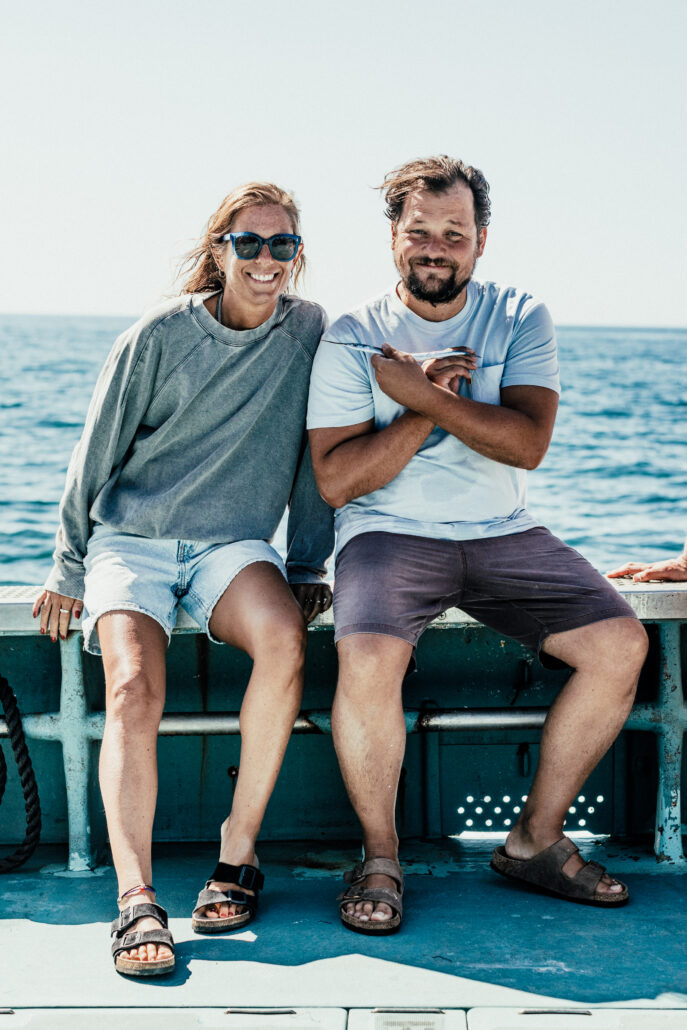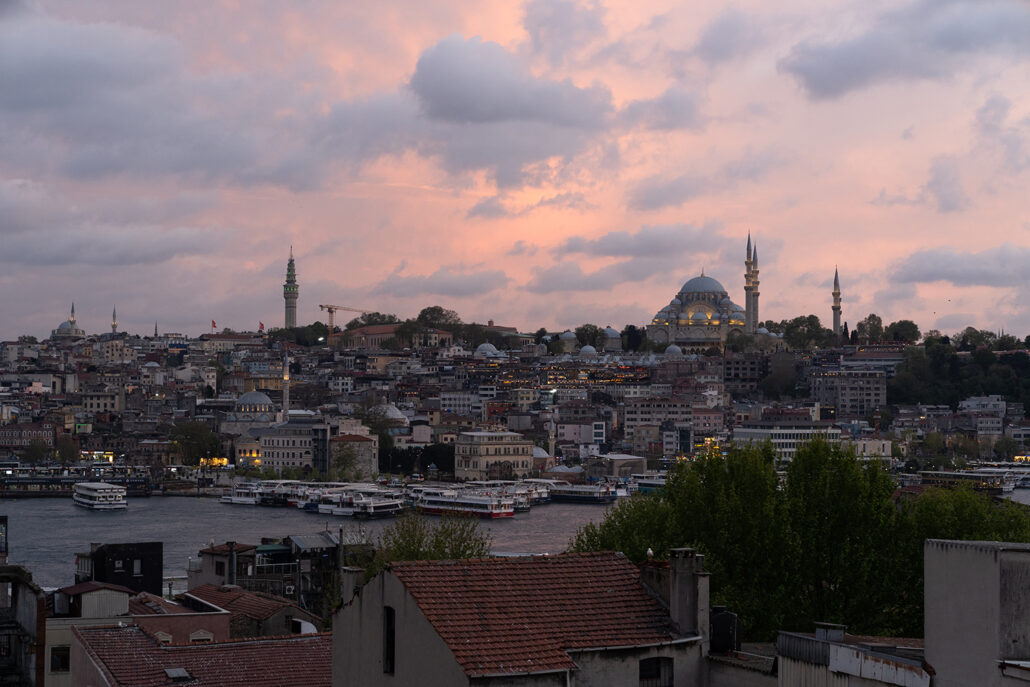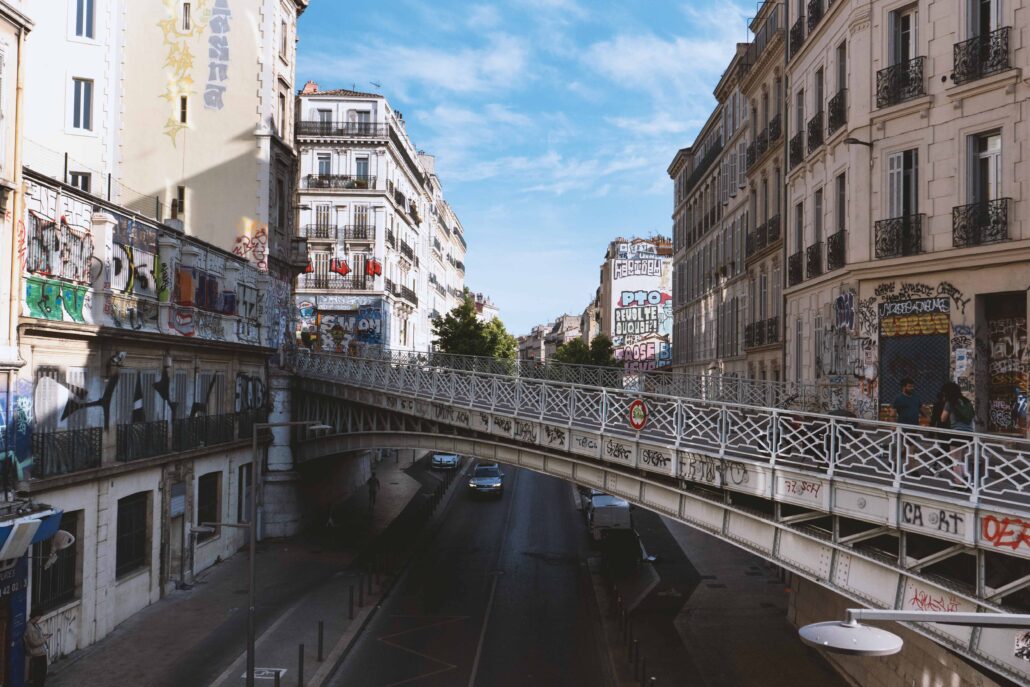We travel to the Faroe Islands, a remote archipelago of eighteen mountainous islands located in the North Atlantic, between Scotland, Norway and Iceland. Although they are part of the Kingdom of Denmark, the islands maintain a proud political and cultural autonomy. Their Faroese name, Foroyar, means “sheep islands”, a reflection of the importance that sheep farming holds in both their economy and landscape. The Faroe Islands captivate not only with their fjords and cliffs — a wild and dizzying blend — but also because they embody a place where tradition and modernity coexist, where untamed nature sets the rhythm of life, and where the community has managed to preserve its identity at the heart of the ocean.
In this land of majestic nature, home to just 50,000 people and over 80,000 sheep, time seems to have stood still, guarding a secret that goes beyond its landscapes: a unique gastronomy, shaped by wind, salt, and the ingenuity of a people who have learned to turn necessity into flavour.
Firewood is a rare luxury around here: there are no trees, and the poor, windy soil yields little. For generations, the locals have built their pantries in harmony with nature. The cold, damp climate, long winters, and scarcity of vegetables have all driven the Faroese to develop ingenious methods of preservation. Among these, the most emblematic is ræst, a fermentation process that uses the salty air and ocean wind to dry and ferment meat and fish in ventilated huts. With more sheep than people, it is only natural that lamb is the national dish: roasted, stewed, or in soup, always accompanied by root vegetables and local herbs. In the villages, one can still see the drying huts where skæpekød, wind-cured mutton, hangs.
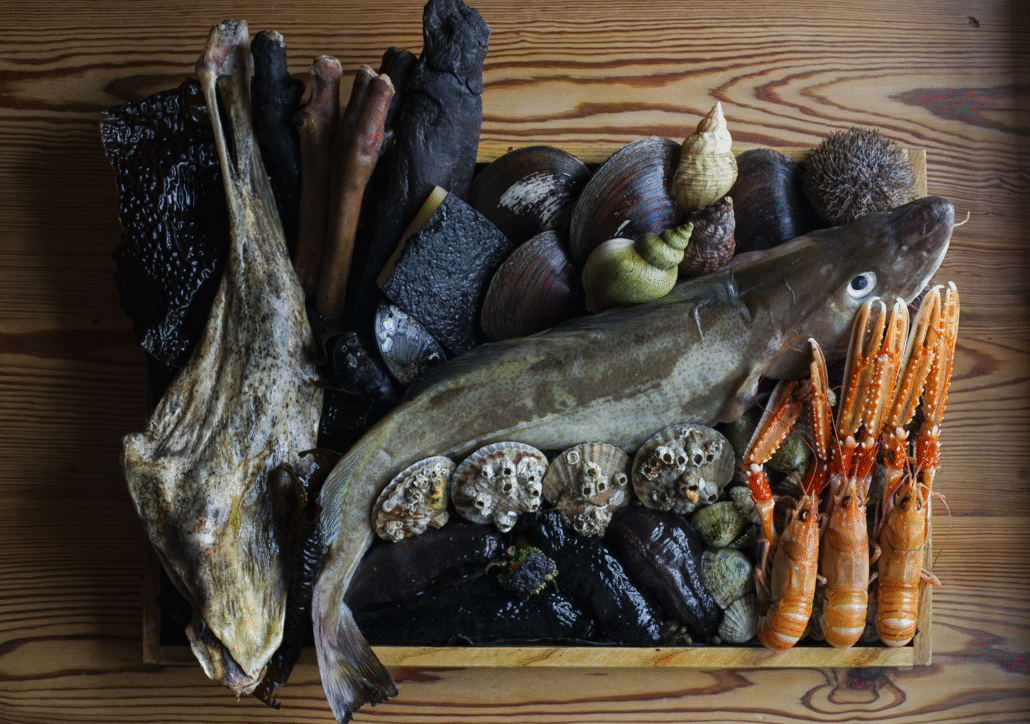
Ræst: a culinary fusion between Mexico and the Faroe Islands
We arrive in Tórshavn, the capital of the Faroe Islands, under rain and cold wind – a constant here – and settle into Hotel Foroyar, tucked into a valley with panoramic views over the harbour, the city, and the ocean: a feast for the senses. Beneath this unpredictable sky, we begin to discover a gastronomy that not only nourishes but tells the story of a people and their landscape. Today, the Faroes have also made their mark on the fine-dining scene, and our first stop is the restaurant Ræst, whose Faroese name means “fermented” or “fermentation”. Its philosophy revolves around the ancient techniques of preserving meat and fish – with air and wind – combined with contemporary cooking methods. Located in the heart of the capital, Ræst occupies a historic house over 400 years old, with turf roofs, low ceilings, and a rustic, intimate interior.We are welcomed by Mexican chef Sebastián Jiménez, who joined the project in 2019 and is now recognised in the Michelin Guide as a recommended restaurant. The menu is almost entirely based on fermented dishes: fish, lamb, traditional cured meats, local vegetables, and preserves made using ancient methods. For those unaccustomed to the intensity of fermentation, it can be a shock, but also a gastronomic and cultural adventure, where Faroese products intertwine with Mexican cuisine, creating a culinary identity that is both local and transcultural.
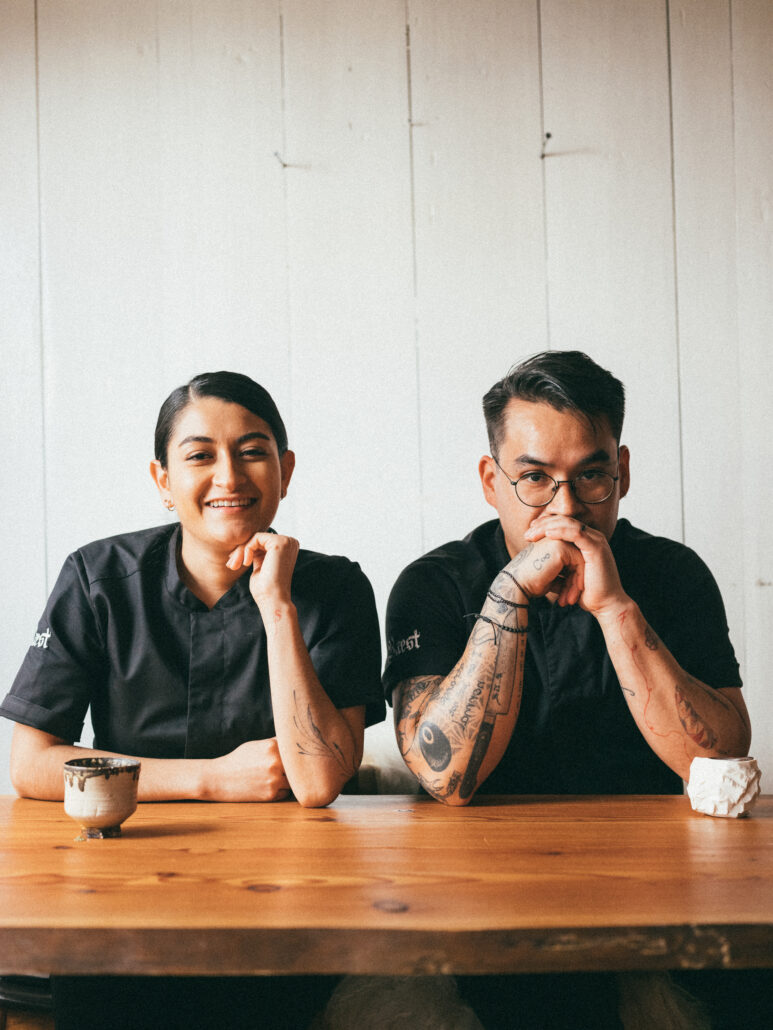
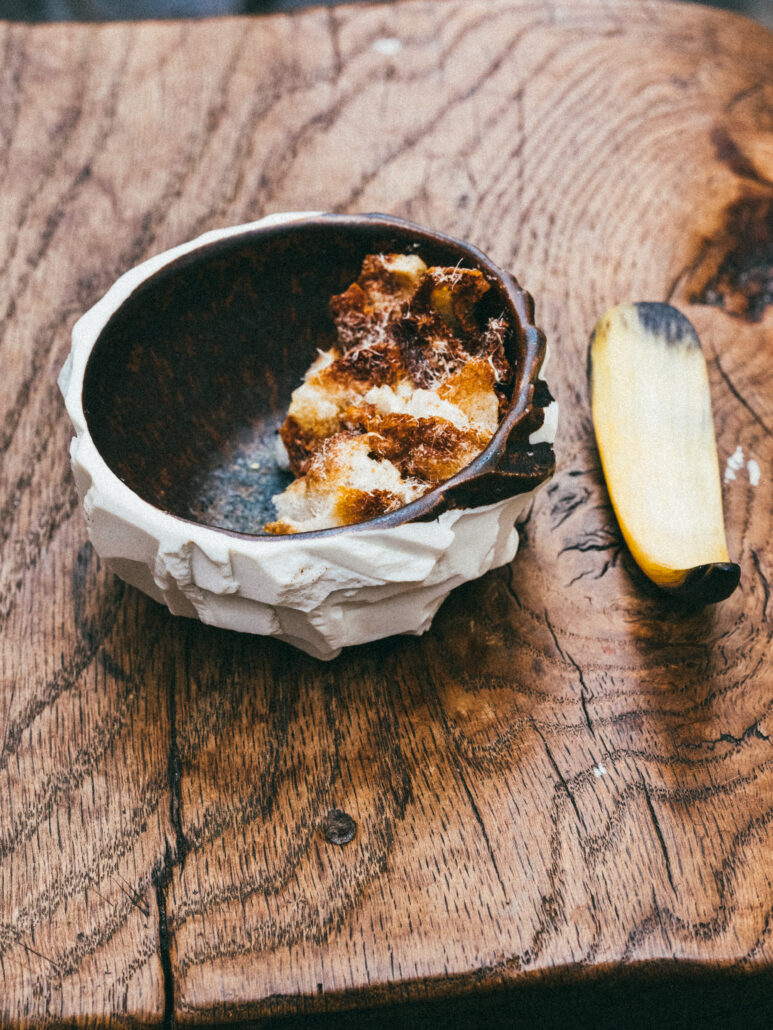
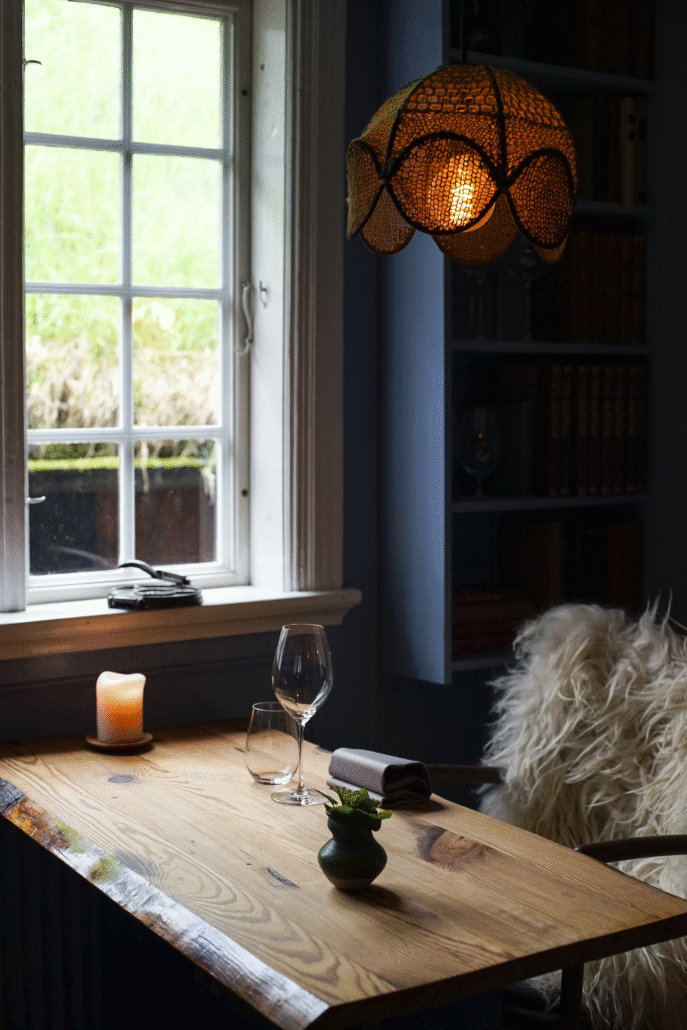
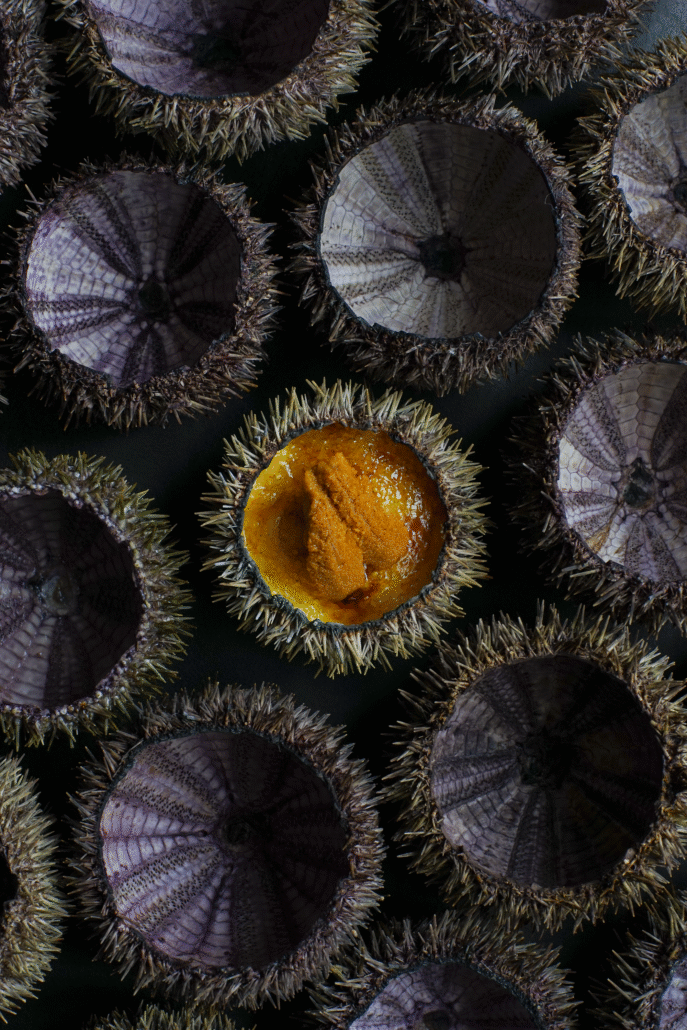
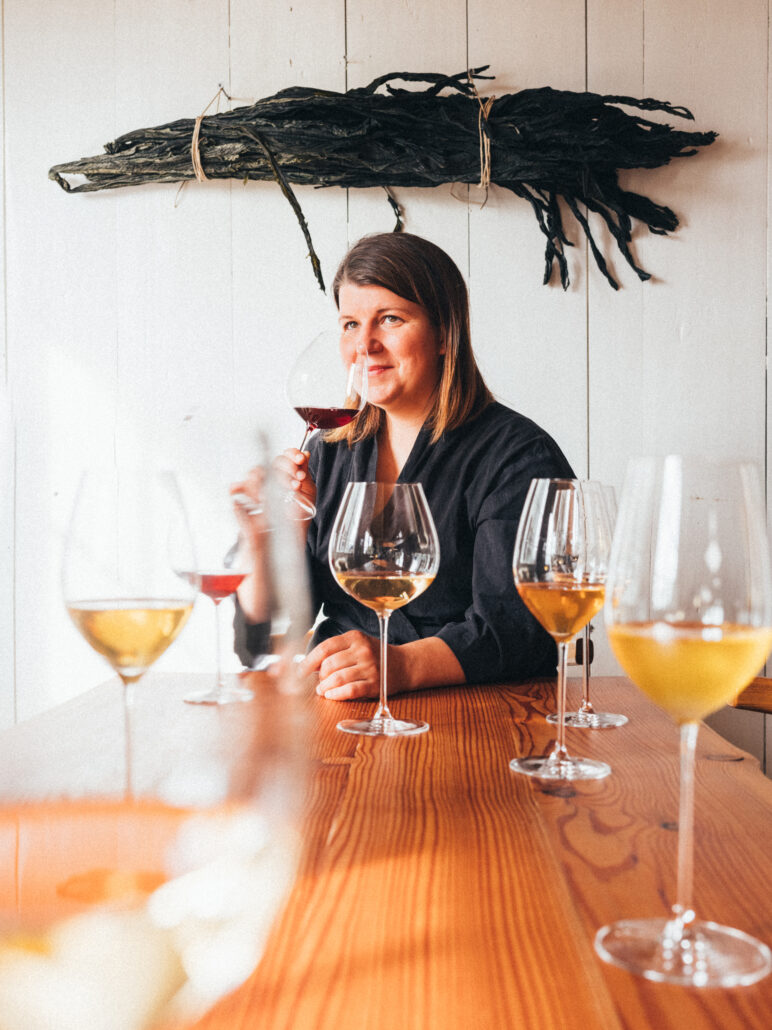
Some of the dishes we sampled in the tasting menu are reinterpretations of ancestral recipes, such as: the flavoursome aged lamb, which combines traditional Faroese techniques with frying and modern structures; fulmar breast (a seabird) with a sauce made from sheep’s trotters and cabbage; sea urchin with monkey flower and passion fruit; seaweed, mushrooms and hazelnut oil; and the “herb” ice cream, chamomile with macadamia nuts. It is an intense gourmet experience, with bold, fermented, and profound flavours – not for lovers of light cuisine – but absolutely remarkable for its creativity. Chef Sebastián Jiménez brings an international touch, blending culture with Mexican intuition. Working alongside him is Karin Visth, the restaurant’s sommelier, who crafts bespoke pairings for each technique and dish, offering both alcoholic and non-alcoholic options: wines, mezcal, sake, akvavit, kombucha, and fermented juices.
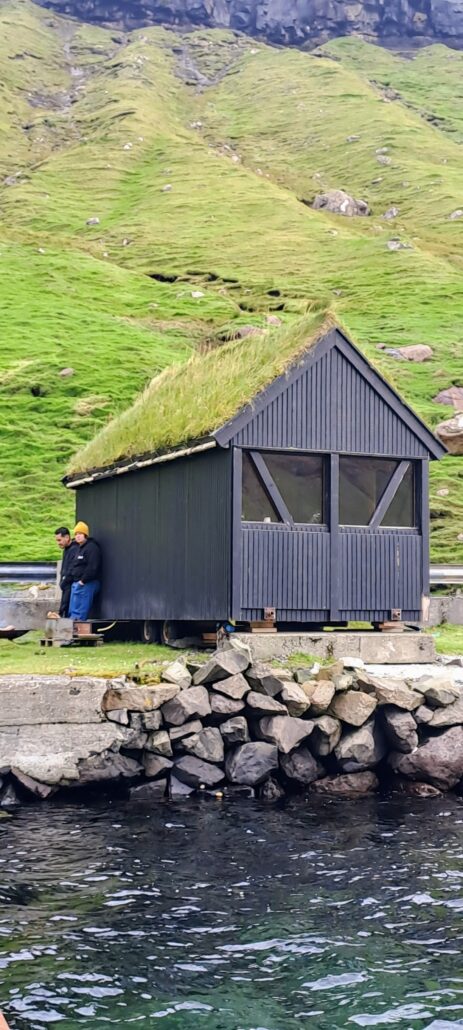
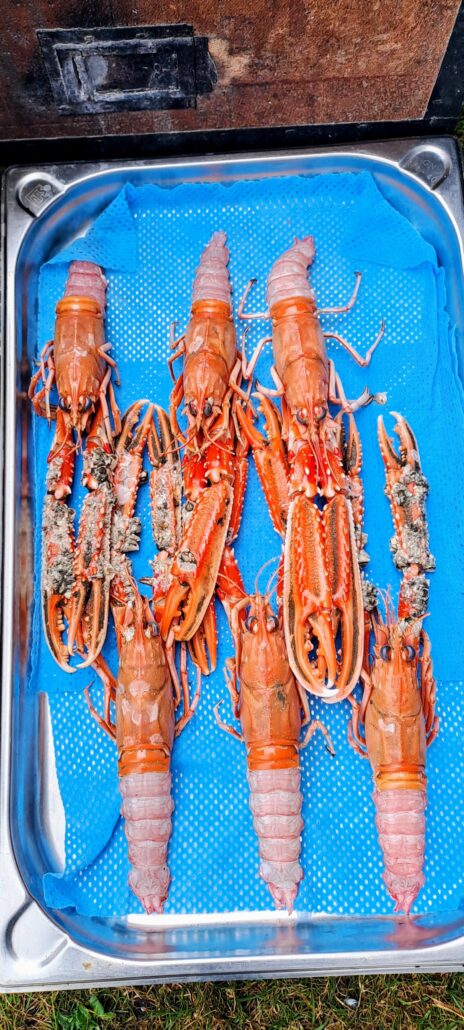
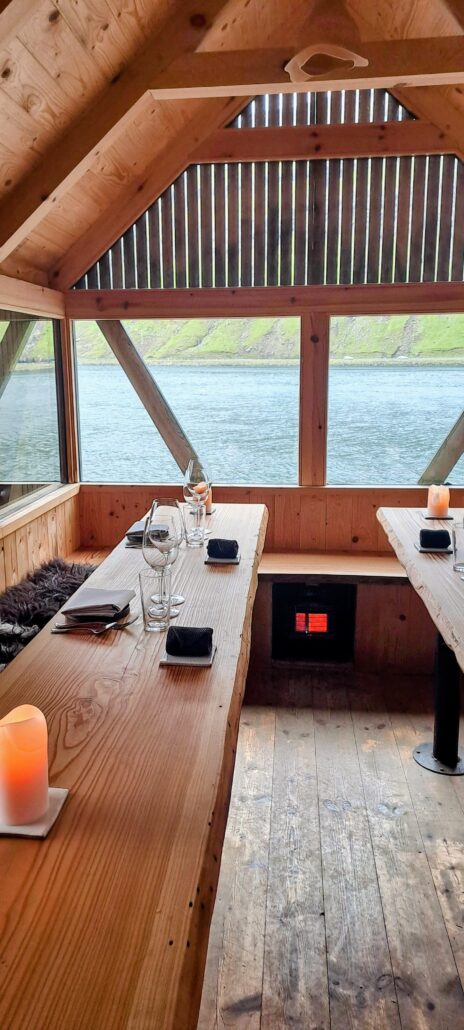
The sea is the undisputed star of the Faroese table. Cod, salmon, and seafood – scallops, mussels, lobsters – come straight from the fjord to the kitchen. Tasting them is a way to understand the very soul of the archipelago.
In the morning, we set out on a small fishing boat to experience cod fishing, renowned for its excellent quality thanks to the cold currents and clear waters. Fishing here is not just about food; it is also a means of livelihood for local communities, a source of work and pride. Walking through the fishing villages, observing the tørrur fiskur (dried fish), or having lunch in one of the local restaurants serves as a vivid reminder: here, cuisine is survival, identity, and art.
For those seeking a different gastronomic experience, Ræst also offers Skerpi, a mobile restaurant inspired by the old Faroese fermentation huts. Just 15 minutes from Tórshavn, amid steep mountains and quiet fjords, it provides an intimate and sensory experience: a maximum of eight covers, available by reservation only. The menu features five or six dishes of local seafood – sea urchins, mussels, crabs, and other shellfish collected through artisanal diving – served raw or lightly seared to highlight their freshness and purity. All of this is accompanied by champagne, quince cider, water, coffee, or tea.
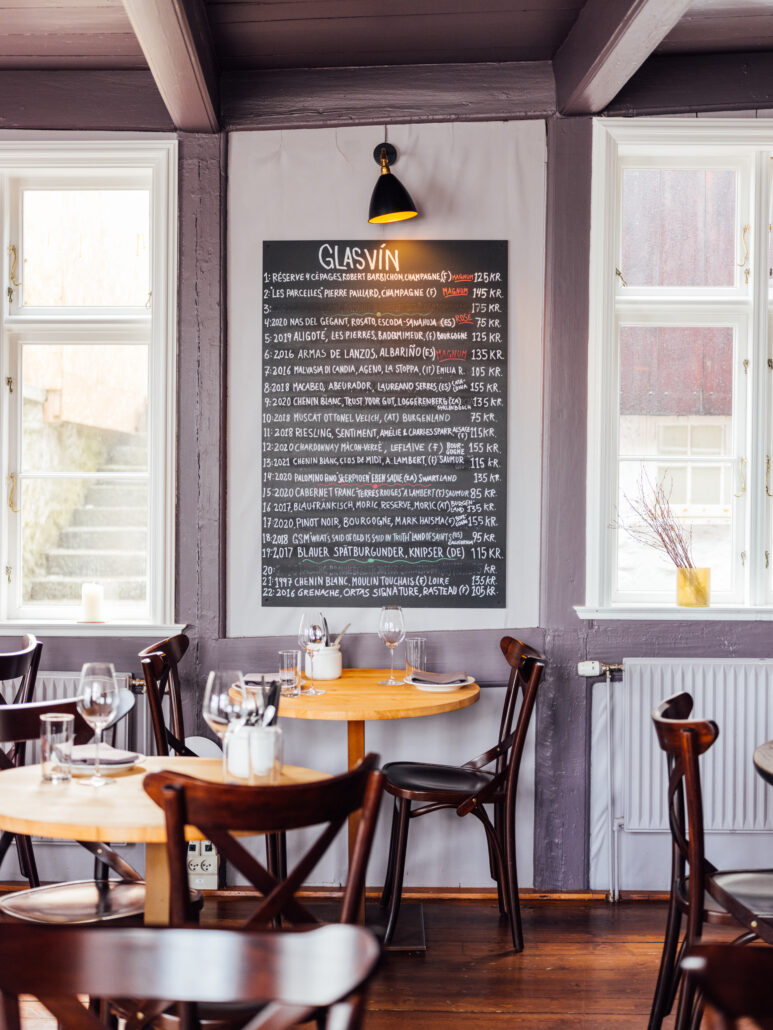
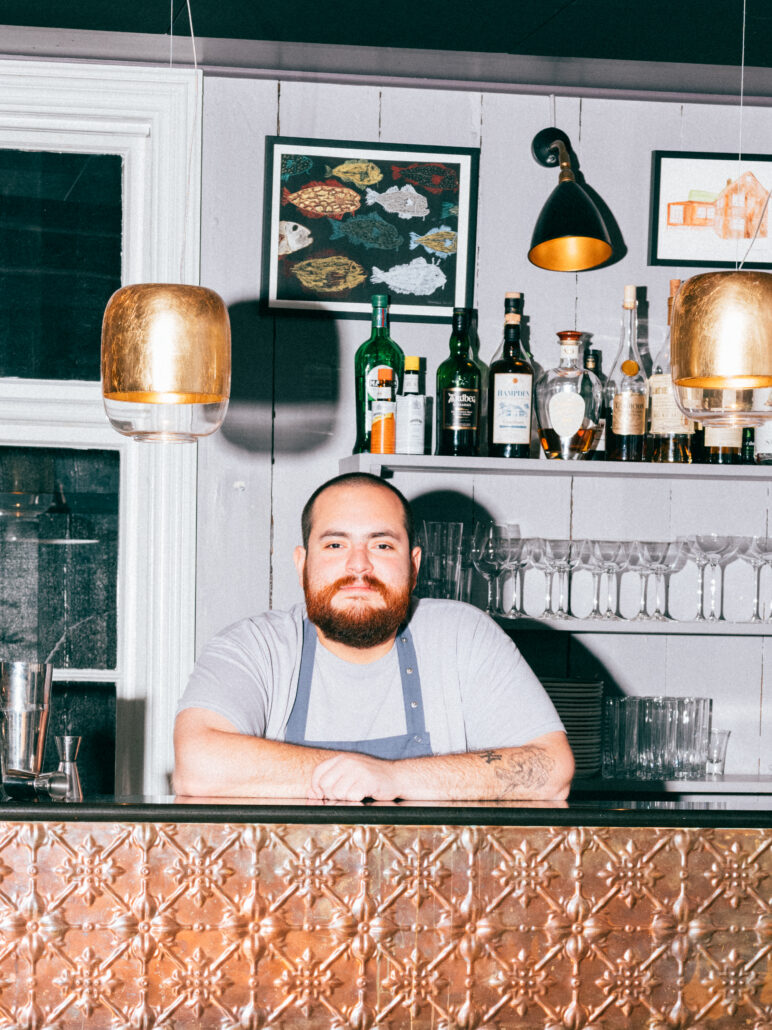
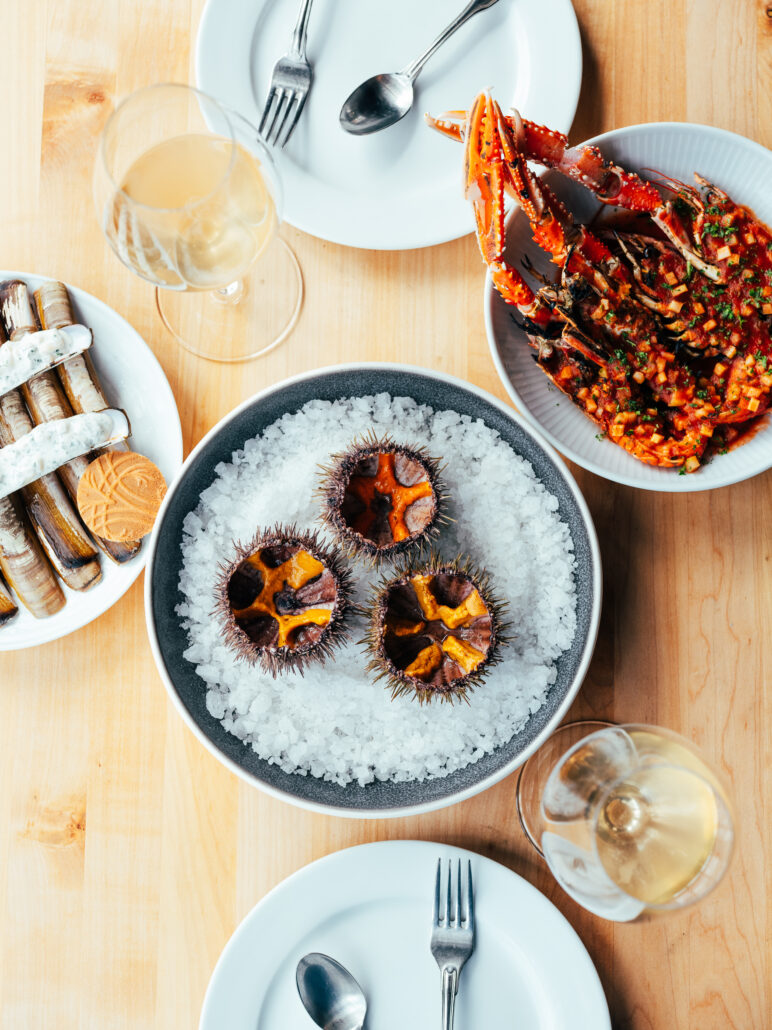
Roks, the younger sibling of Ræst, and Áarstova, a classic well worth visiting
Next to Ræst is Roks, its “younger sibling”, a more informal restaurant focused on the day’s fish and seafood, meant to be shared in a relaxed, contemporary setting. It is led by Mexican chef Carlos Andrade, who offers two tasting menus that celebrate the local sea: sea urchins, prawns, crabs, mussels, cod, salmon… Modern and classic techniques combine to let the ingredients speak for themselves. The wine list, also curated by Karin Visth, is extensive and refined, with pairings that go beyond wine, exploring inclusive and sensory experiences. Her warm hospitality in the dining room creates a convivial atmosphere where excellence blends seamlessly with simplicity.
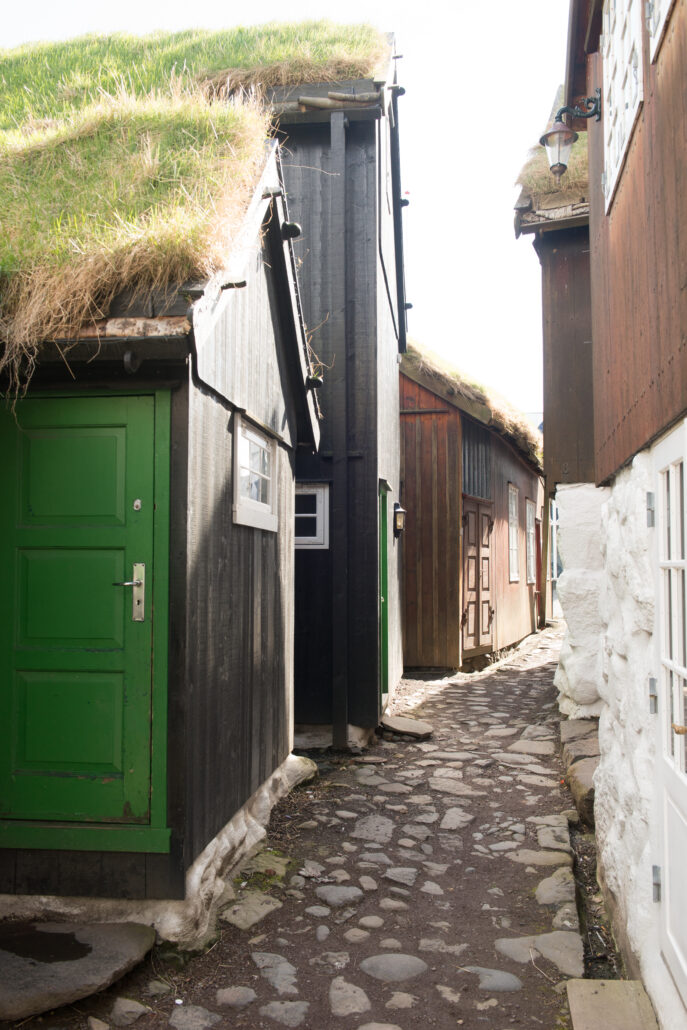
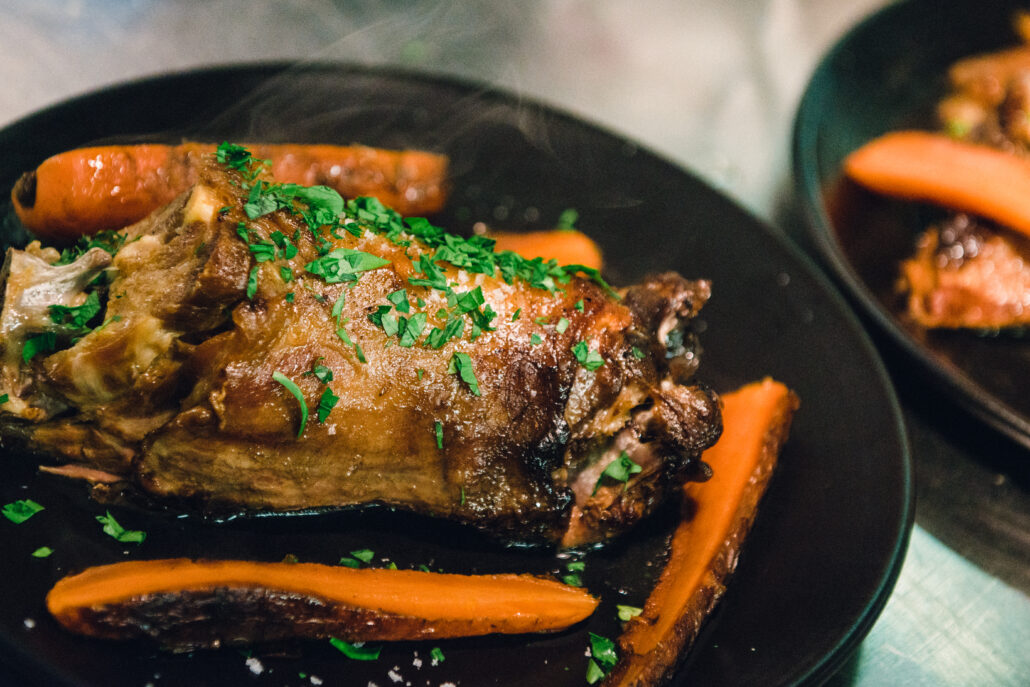
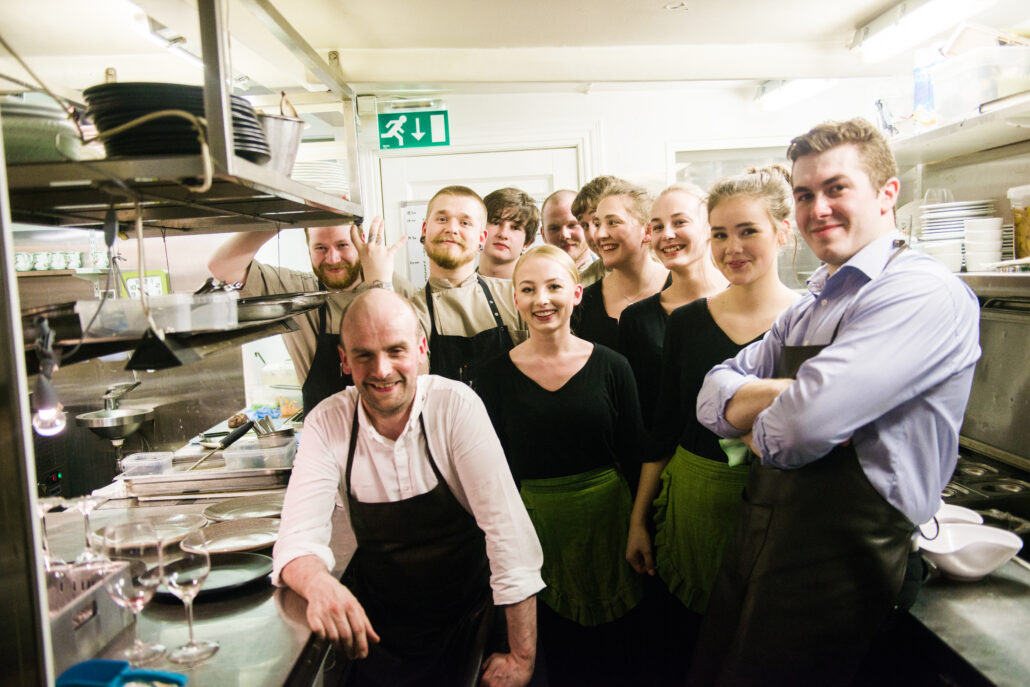
You cannot leave the Faroe Islands without dining at Áarstova, a restaurant housed in a historic family home – “the house by the stream” – where the renowned poets Janus and Hans Andrias Djurhuus grew up. The interior, rustic yet elegant, features upstairs a boat-shaped wooden table, the most requested by guests. Among the specialties is the beer-braised lamb shoulder, served with local vegetables and root crops. We also visit OY Brewery, a brewery/pub in Tórshavn that produces craft beers and hosts a food hall where you can enjoy burgers, fish & chips, meat dishes, and more in a relaxed atmosphere. They occasionally organise events such as Oktoberfest or live concerts.
After three intense days, we leave the Faroe Islands with the certainty that they are not just a remote destination, but a table set upon the ocean, where every dish tells a story of wind, sea, and tradition reimagined.


